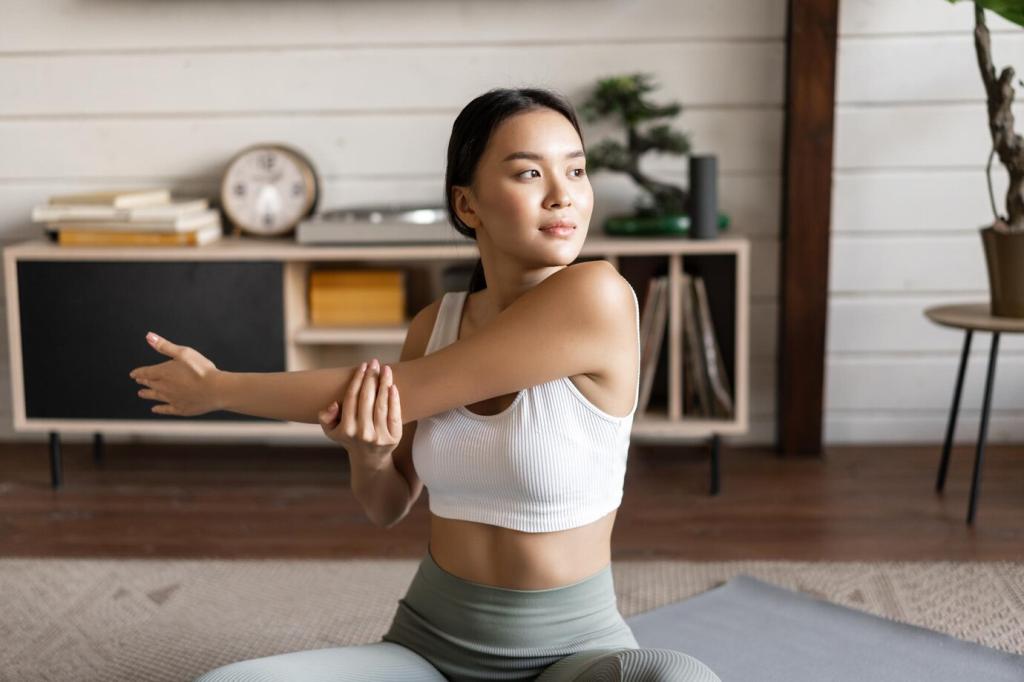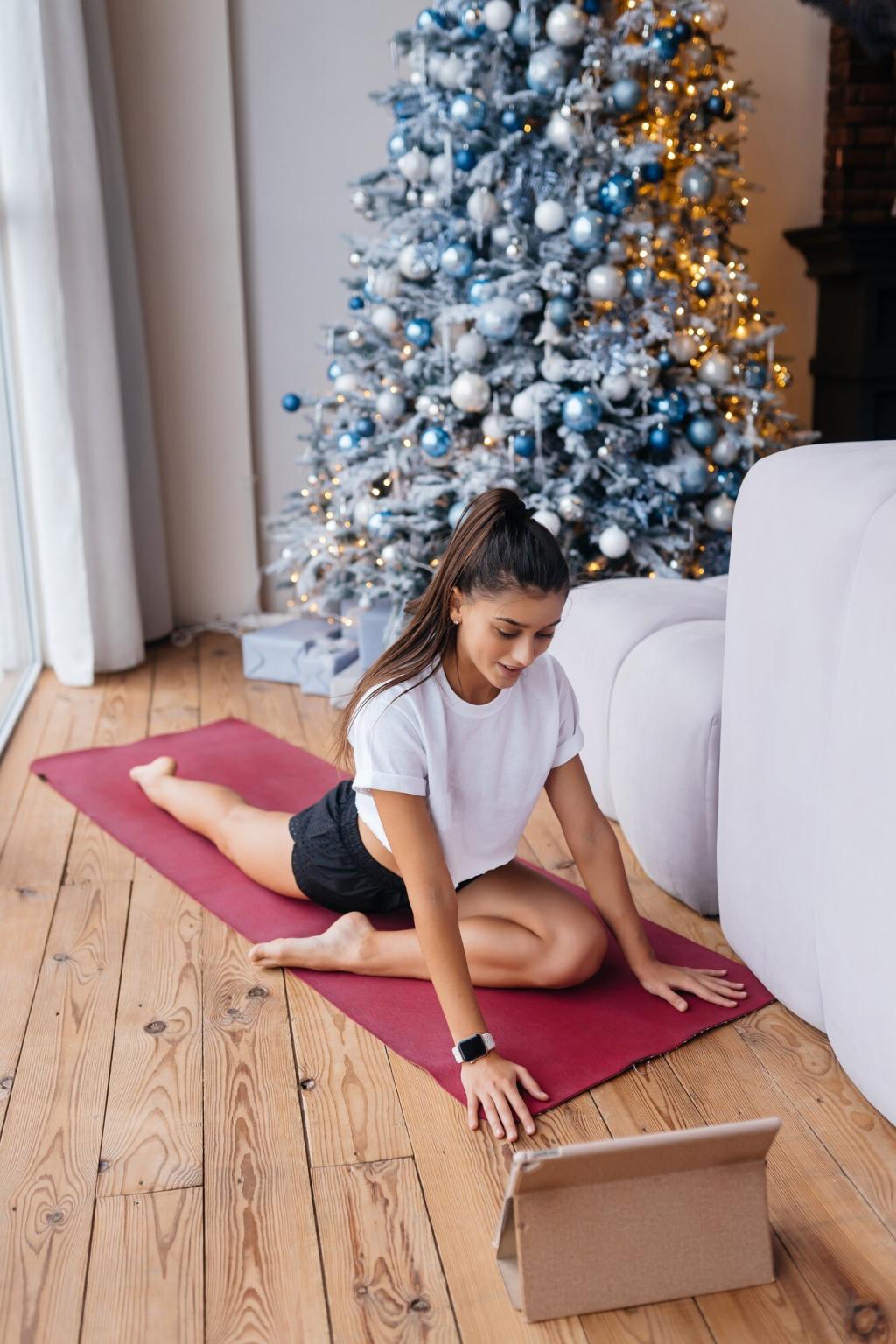Creating a Full-Body Yoga Routine for Home Practice
Developing a full-body yoga routine for your home practice is an empowering way to nurture your physical, mental, and emotional well-being. With the right approach, you can create a sequence that addresses every muscle group and fosters a sense of holistic harmony. Even if you have a busy schedule or limited space, a well-designed yoga routine provides the structure and adaptability you need to develop strength, flexibility, and mindfulness. This guide will help you understand the essential components of a balanced yoga practice and how to tailor them to your unique goals and home environment.

Setting Goals and Creating Your Space
Understanding why you want to practice yoga guides the structure of your routine and helps maintain motivation. Are you aiming to increase flexibility, reduce stress, build strength, or simply carve out moments of mindfulness from a busy day? Clearly defining your goals will inform the postures and sequences that best suit your needs. For example, a focus on flexibility might prioritize longer holds and deep stretches, while stress reduction could emphasize calming, restorative poses and breathwork. Revisiting your objectives periodically allows you to track progress and adjust your routine to match your evolving aspirations, making your yoga journey both purposeful and rewarding.

Designing a Balanced Sequence
Warming Up Mind and Body
Starting your practice with gentle movements and breathwork prepares both body and mind for deeper postures. Consider beginning with easy stretches, slow joint rotations, or simple cat-cow motions on all fours. These preliminary exercises increase circulation, activate key muscle groups, and help prevent injury. Incorporating mindful breathing—focusing on slow, even inhales and exhales—calms the nervous system and cultivates inner awareness. This intentional warming up phase transitions you from daily distractions to a state of readiness, paving the way for a more effective and centered practice ahead.

Adapting Your Practice for Progress
Modifying for Experience Level
Every yogi’s path is unique, and tailoring your routine to your current experience is essential for both progress and safety. Beginners may benefit from slower flows and frequent use of props to ensure stability and proper alignment. As you develop greater comfort and confidence, gradually increase complexity with longer holds, advanced postures, or additional repetitions. Approach new poses with curiosity and patience, honoring your body’s limitations to avoid injury. Remember that yoga is not about achieving a particular pose, but about mindful exploration and gradual growth. With time and consistency, your capabilities—and your enjoyment—will expand naturally.
Balancing Challenge and Rest
A sustainable yoga practice skillfully weaves together intensity and recovery. Challenge yourself by holding poses a bit longer, increasing the number of repetitions, or exploring unfamiliar transitions. Equally important is listening to your body’s signals and scheduling restorative sessions as needed. Restorative or yin yoga days support recovery from strenuous practice and help prevent burnout. Over time, this balance fosters improved strength, flexibility, and body awareness, while reducing the risk of injury. By honoring the interplay of effort and ease, you create a routine that motivates you to show up on your mat day after day.
Tracking Progress and Staying Motivated
Maintaining motivation over the long term calls for mindful reflection on your journey. Regularly check in with yourself about your goals, progress, and any obstacles you’re facing. Journaling about your yoga sessions helps you notice subtle improvements in body and mind, reinforcing commitment. Celebrate small milestones, whether it’s mastering a challenging pose, feeling more relaxed, or completing a full month of home practice. Connecting with online yoga communities or practicing virtually with friends can add accountability and inspiration. Ultimately, your greatest motivation comes from recognizing yoga’s positive impact on your life, encouraging you to keep exploring new dimensions of your practice.
